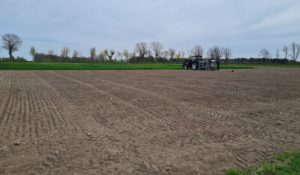My time working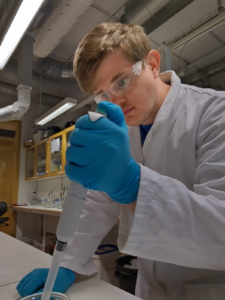 on the urine drying project has come to an end. It has been a great privilege to work on this project, and Prithvi and his team have helped me develop both my laboratory and analytical skills. During my time here we have tested ways to stabilise urine as well as develop new analytical methods, and I am looking forward to further developments in these technologies. I have met and worked with some great people who are all working on different parts of the urine drying systems and I wish them all the best for the future.
on the urine drying project has come to an end. It has been a great privilege to work on this project, and Prithvi and his team have helped me develop both my laboratory and analytical skills. During my time here we have tested ways to stabilise urine as well as develop new analytical methods, and I am looking forward to further developments in these technologies. I have met and worked with some great people who are all working on different parts of the urine drying systems and I wish them all the best for the future.
Tag: Source-separating sanitation systems
Nea Ahopalo wraps up her internship with the urine group!
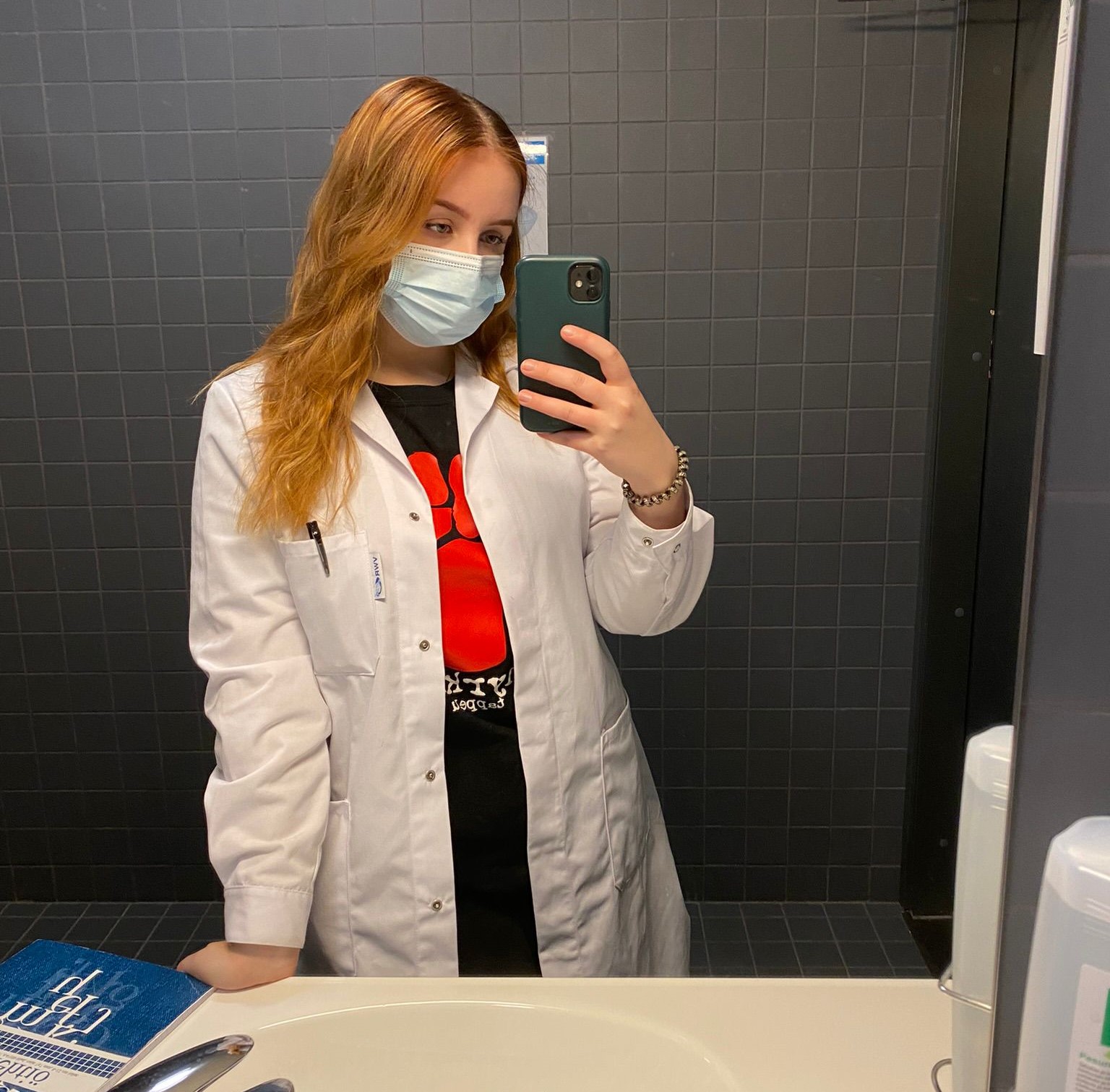 Hello! My name is Nea Ahopalo, and I am a third-year environmental engineering student at Tampere University of Applied Sciences, Finland. For the last 3 months, I have worked for SLU at the Department of Energy and Technology, and now my internship is coming to an end. The project I was assigned to turned out to be fascinating and I had such a great time working in the laboratory with everyone else working with the urine drying projects. I have learned a lot during these 3 months, and I feel more confident in my abilities as a researcher now, although I still have so much more to learn. I want to thank SLU and everyone I had the pleasure of working with for the summer! Thank you for your insights, comments and willingness to help whenever help was needed. I wish everyone a great rest of the summer and I hope to see you again!
Hello! My name is Nea Ahopalo, and I am a third-year environmental engineering student at Tampere University of Applied Sciences, Finland. For the last 3 months, I have worked for SLU at the Department of Energy and Technology, and now my internship is coming to an end. The project I was assigned to turned out to be fascinating and I had such a great time working in the laboratory with everyone else working with the urine drying projects. I have learned a lot during these 3 months, and I feel more confident in my abilities as a researcher now, although I still have so much more to learn. I want to thank SLU and everyone I had the pleasure of working with for the summer! Thank you for your insights, comments and willingness to help whenever help was needed. I wish everyone a great rest of the summer and I hope to see you again!Nutrient stocks, flows and balances for the Bolivian agri-food system: Can recycling human excreta close the nutrient circularity gap?
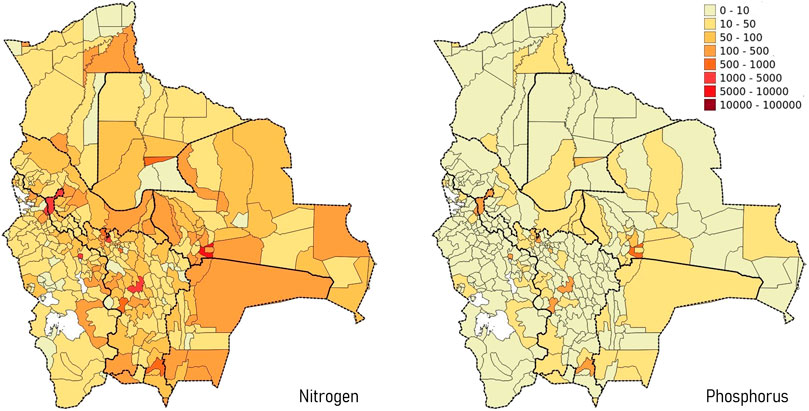
Availability of nutrients from human excreta in Bolivia in 2018.
In our latest article in #Frontiers in Environmental Sciences, Luis Fernando Perez Mercado, Cesar Ariel Perez Mercado, Bjorn Vinneras and Prithvi Simha analyse the current state of nutrient stocks, flows, and balances of the agri-food system in #bolivia. Their findings show that there is sufficient stock of #nitrogen and #phosphorus in human excreta to meet the deficit of nutrients in the food system, as well as regional nutrient surpluses that are not recirculated today. Today, Bolivia recirculates 44% of nitrogen and 74% of phosphorus used in agriculture. But we believe that circularity is going to decrease considerably over the coming years, as the national strategy to address nutrient deficits has been to increase the domestic production of synthetic fertilisers (See shorturl.at/abNQV).
Calculating mass balances always seems simple on paper. But it is difficult in practice, especially when you perform it at national, regional, and municipal levels, as we have done in this article. They usually don’t add up. Here, they also suggest how deforestation and depletion of forest nutrient stocks could be a reason why our national-level balance does not add up.
The full artile is available here: https://lnkd.in/d5dt42Qf
Almedalen 2022 Presentations by Jenna Senecal
On July 3rd Jenna Senecal presented at Almedalen 2022. The first presentation was about our urine treatment technology (link to the video presentation found here https://youtu.be/h0L8WeJIACw). The second was a panel discussion about youth and sustainable food systems hosted by SIANI, World Food Program, and Agroforestry Network (link to the video presentation found here https://www.youtube.com/watch?v=x_ue8_ttYws).
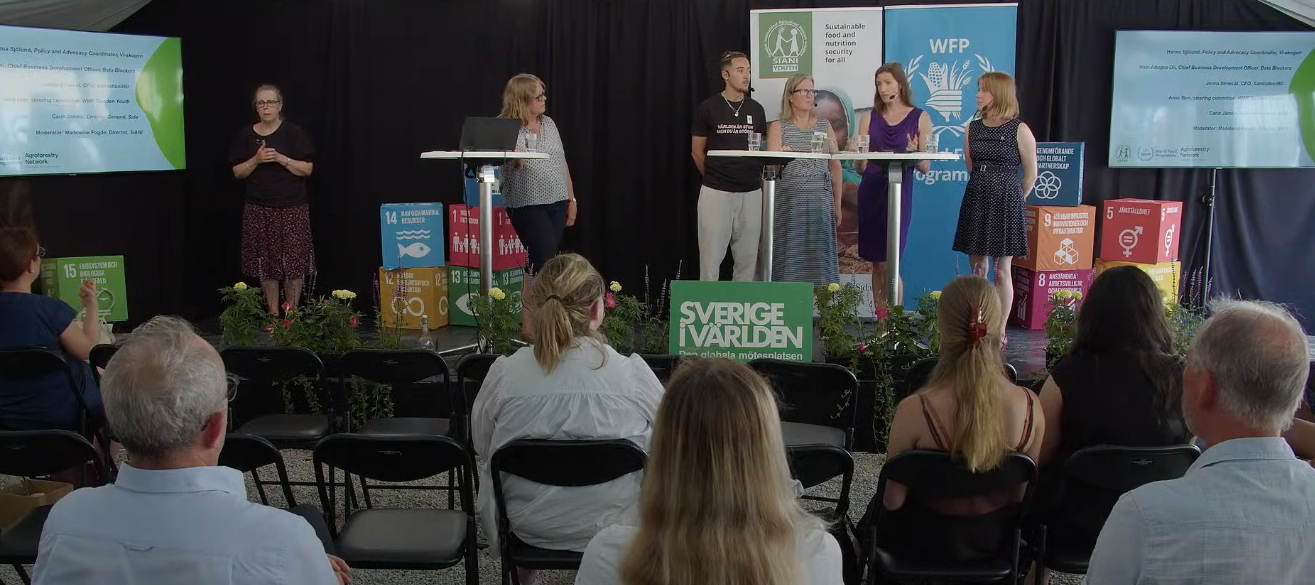
Barley plant trial on Gotland is growing well
On Gotland, we have a 350 m2 field trial growing barley that has been fertilized with dried urine (collected on Gotland in summer 2021 with TouchDown), mineral fertilizer or no fertilizer. This summer, we complemented the urine fertilizer with mineral phosphorus to match the recommended fertilizer needs of malting barley. The fertilized plants are growing well, while the none fertilized plants are shorter. We will harvest in late August and test the grain quality.
- Jenna Senecal inspecting the barley plants, July 2nd ;
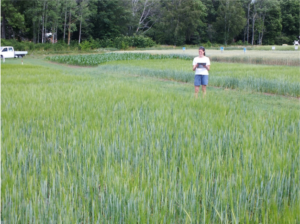
- Barley plants (day 54) fertilized with urine (left), mineral fertilizer (right) or no fertilizer (middle) ;
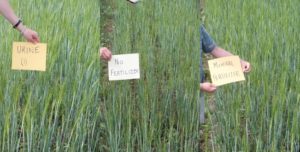
Jenna Senecal shares her hopes ahead of Stockholm+50 and beyond
In the lead up to Stockholm+50*, Jenna Senecal was asked what her message is to the international community. See what she has to say here
Stockholm+50 was an event at the beginning of June calling for leaders to take bold environmental action to accelerate the implementation of the 2030 Agenda and the Sustainable Development Goals.

Jenna Senecal speaks at A day at Sida: Three dialogues ahead of Stockholm +50
Representing SLU and Sanitation360, Jenna Senecal spoke about how the sanitation sector can help to solve the looming food crises.
The whole presentation can be watched here (Jenna starts at 37:48).
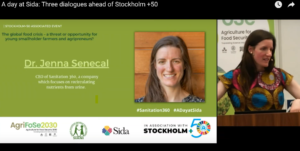
Is it time to flush the water closet?
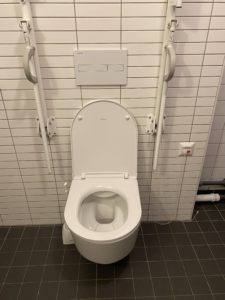
Hear Björn Vinnerås together with other researchers talk about the future water systems in program 1 at Swedish national radio. The focus of the program is the water closet, its function today and if it is possible to have different solutions in the future. Björn presents the research the group perform regarding the production of a dry urine based fertilizer.
Click here to access the talk (in Swedish).
SLU’s Urine Drying in Deutsche Welle (DW)
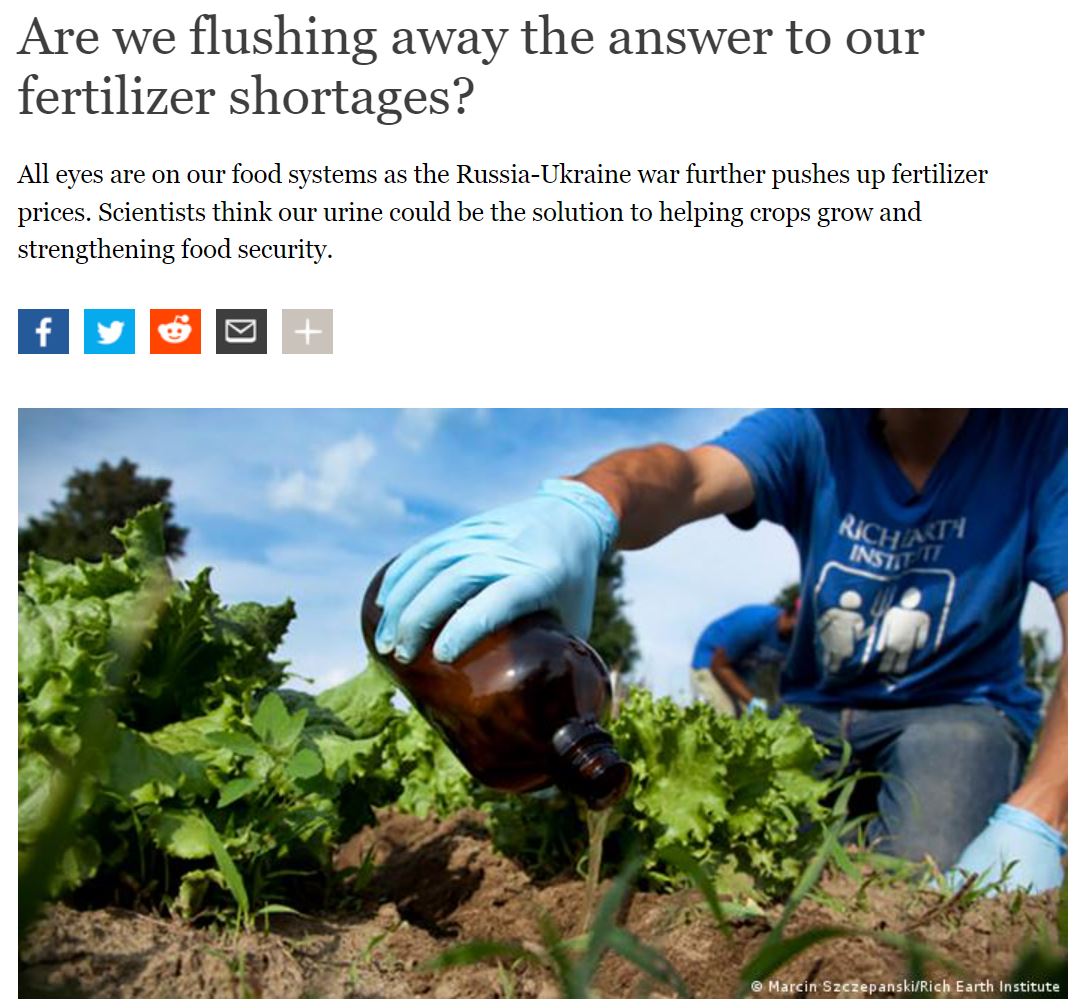 Beatrice Christofaro captures the argument quite well as to why source-separated fractions like #urine should be recycled in this #DeutscheWelle (DW) article.
Beatrice Christofaro captures the argument quite well as to why source-separated fractions like #urine should be recycled in this #DeutscheWelle (DW) article.
The way we manage nutrients in our wastewater and produce food globally is not sustainable. Countries are vulnerable changes in supply of fertilizers, as they’re produced using non-renewable feedstock such as natural gas, coal, and phosphate rock. Majority of the fertilisers used globally are also produced by a handful of countries. So its not a big suprise to us that fertiliser prices have soared recently and food price inflation has increased.
But we can make food production more resilient. Read the article and see how the #SLU and #Sanitation360 solution could increase local food security.
Read Full Article here: https://www.dw.com/en/are-we-flushing-away-the-answer-to-our-fertilizer-shortages/a-61737037
2022 Barley season has begun!
Jenna Senecal joined Bo and Freda from Hushållnings sällskapet in seeding the barley. We have four treatments: no fertilizer, mineral fertilizer, Uppsala Fertilizer and Gotland Fertilizer (that last two are urine based and have been stabilized with different types of media). It is very exciting to have reached this stage where the urine fertilizer is being applied with conventional farming equipment. Keep posted for the performance – last year’s harvest went great!
